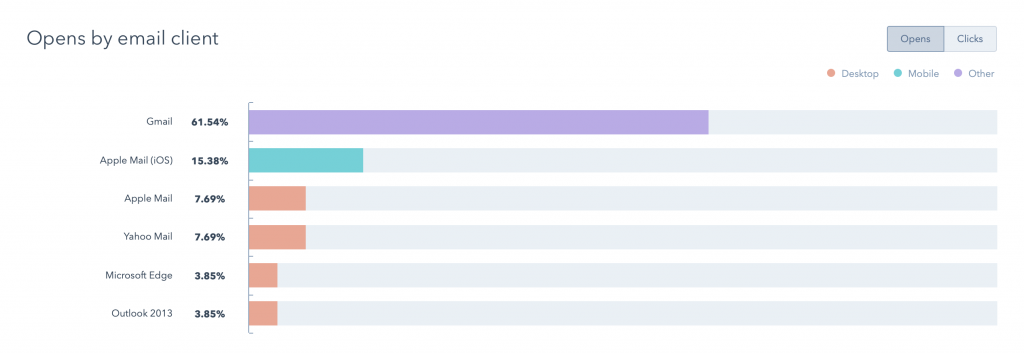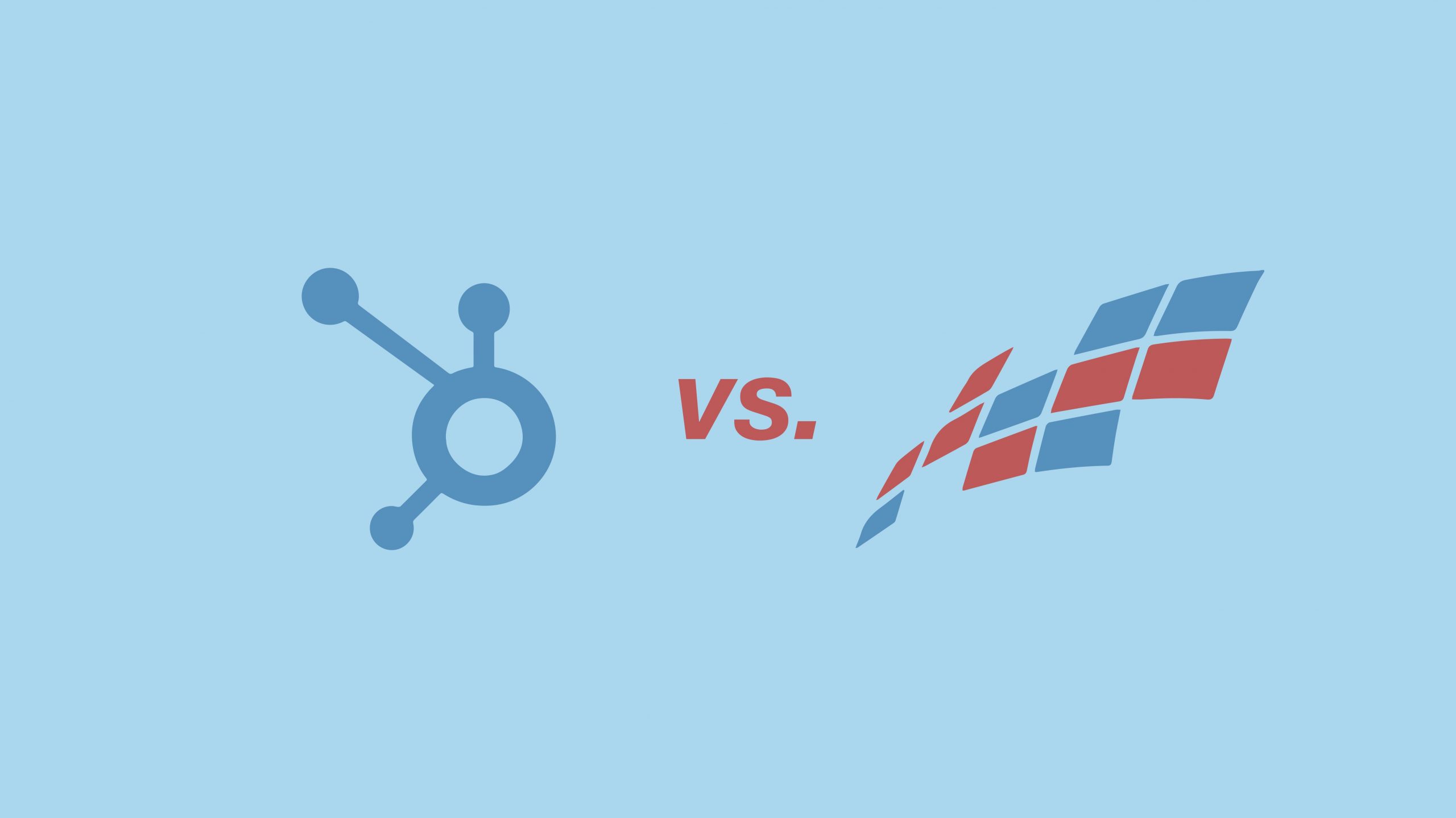We get this question a lot, what email service is better for deliverability? Email marketing is a proven tool that will reach customers and drive sales. Perhaps your business has been sending out email campaigns for a while, you’re looking to reach even more people AND get them to click and buy
Hubspot and Constant Contact are two popular email services that businesses can use to customize emails and send them out to their customer mailing lists. Both come with many pros and some cons, but at the end of the day – deliverability is what matters. The goal is to bring your business message into your customers’ inboxes.
In an effort to determine whose email service delivered the best, we conducted a test a couple weeks ago on both systems by sending out our “How to create a great homepage slider for your website” email using both Hubspot and Constant Contact.
The Baseline
Let us introduce you to our base line, so you can understand the full situation. We have been using Hubspot for our email marketing for quite some time. We have, in one targeted list, 66 recipients that consistently receive and read our emails. We then transferred our email list to Constant Contact where subscribes who don’t usually open our emails were not filtered out by an algorithm. In turn, there were 142 recipients, yet only 124 were successfully delivered due to bounced emails.
The Results
Hubspot and Constant Contact duked it out in a tight race contending for the best deliverability. Result? It all comes down to what your business’ goal is. On one hand, Hubspot had a 39.4% open rate; Constant Contact lagged behind with a 33.1% open rate. This means fewer of our subscribers actually opened our email via Constant Contact, but Hubspot delivered fewer of them to begin with. Are we trading deliverability for open rates?
Things got more interesting when we observed the click rate. Constant Contact held steady with a 4.9% click rate (i.e. clicking links in our email to view a blog post or another page) while Hubspot’s was only 1.5%.
The piece of data we found most intriguing was that despite the significantly larger recipient list that Constant Contact had, it had less actual email opens than Hubspot (42 vs. 41). So, despite a higher click rate, Constant Contact’s email was actually opened less.
From there, both services were able to offer other data as well. The Hubspot email was more frequently opened on mobile (39%) than Constant Contact’s email (28.6%). In turn, this also shows that people opened Constant Contact’s email when they were at their desktop or laptop.
Both services also reported back 1 un-subscription. Due to the lack of previous sending/receiving data Constant Contact had 18 bounced emails.
The results, summarized:
| Hubspot | vs. | Constant Contact |
|---|---|---|
| 39.4% | Open Rate | 33.1% |
| 1.5% | Click Rate | 4.9% |
| 42 | Opens | 41 |
| 39% | Mobile Open Percentage | 28.6% |
| 61% | Desktop Open Percentage | 71.4% |
| 0 | Bounces | 18 |
| 1 | Unsubscribes | 1 |
| 0 | Spam Reports | 0 |
| 66 | Number of Recipients | 142 |
| 66 | Successful Deliveries | 124 |
At the end of the day, despite Constant Contact’s higher click rate, Hubspot’s email system has a higher deliverability. Hubspot also provided some graphics shown below giving more in depth data on how our subscribers see our emails.

This graphic displays what apps our subscribers are using to see our emails, Hubspot shows its strength of getting into Gmail inboxes best. Make sure to check your email listing to see what the most prevalent email host is.

This graphic does not relate to deliverability, but it’s another neat example of insights Hubspot provides to businesses via email data collection. 60% of the people who read our email spent the allotted amount of time to thoroughly read what we had to say while the latter 40% chose to either skim or glance at the content.
In the battle for the best email deliverability, Hubspot took over and found itself in more inboxes than Constant Contact despite having a severely smaller email list of consumers. Not only is email a great tool to keep in contact with your customers, it also allows you to deliver individualized messages to clients letting them know they are not just a number in a database, but a valued subscriber. By getting into more email inboxes, Hubspot proves to hold the key that will unlock a stronger connection with your clients while reeling in new business as well.
Is this the end?
Should you unequivocally use Hubspot? Nope. We’re testing additional tweaks to two common settings that Constant Contact recommends, and we’ll report those findings in an upcoming email! If you’re reading this in an email, you’re subscribed. If you’re reading it on our blog, subscribe for the data!






